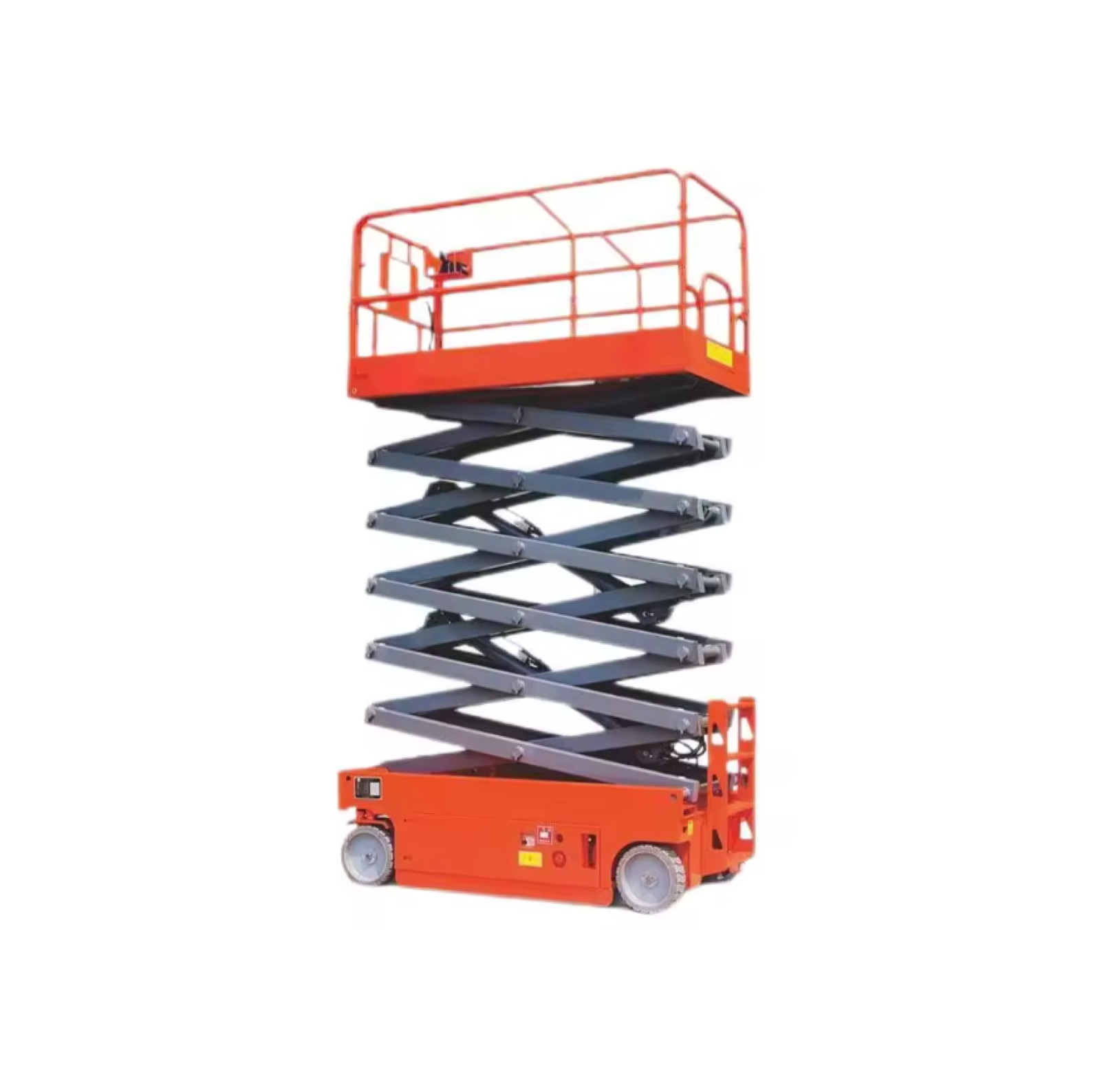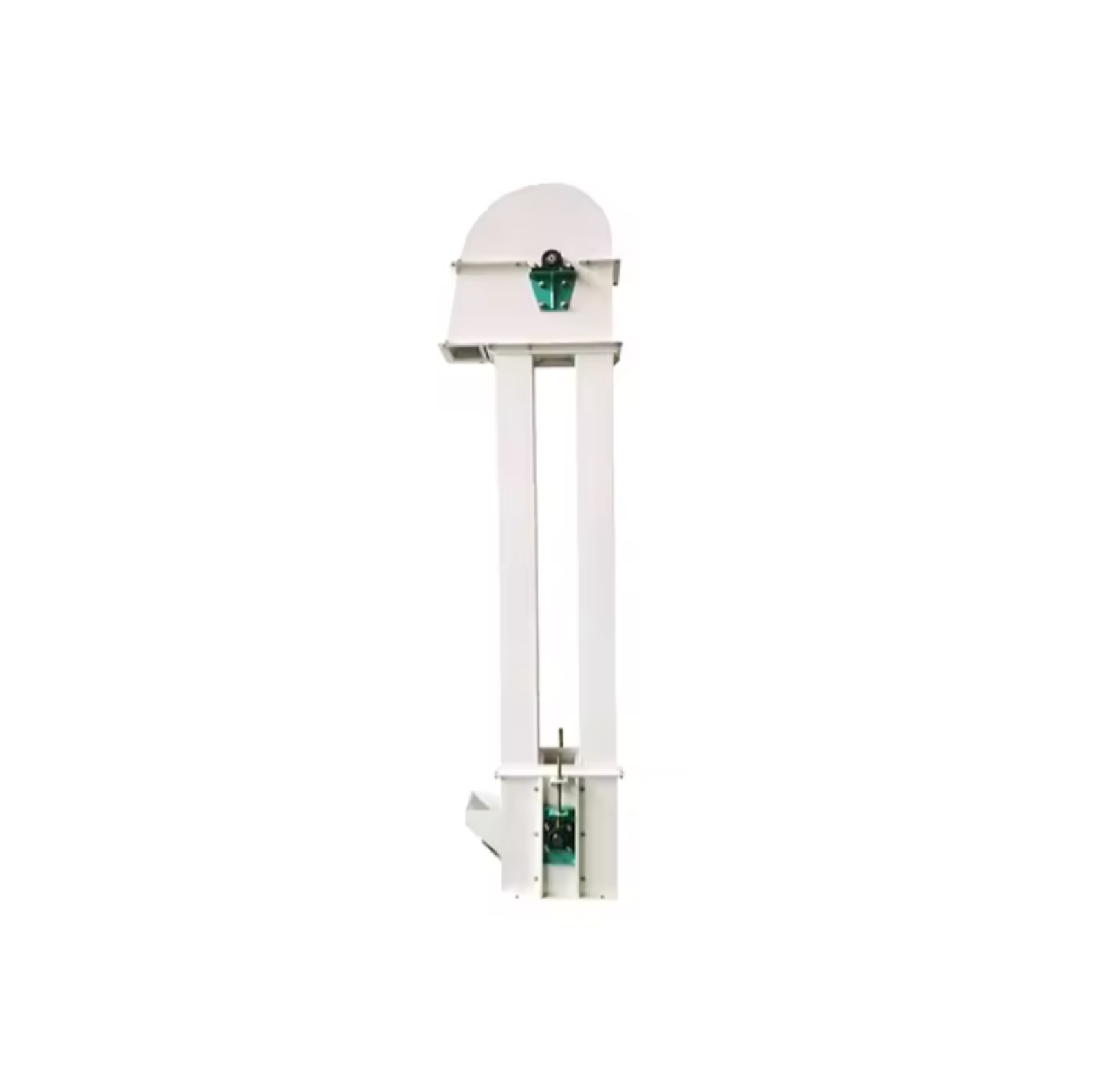In modern industrial production, large-angle conveyor belts play a vital role in material transfer. However, environmental factors such as climate change, temperature, humidity and dust can have a significant impact on the use and performance of conveyor belts. This article will focus on analyzing how these environmental factors affect the operating efficiency of large-angle conveyor belts and provide corresponding solutions.
Extreme weather conditions caused by climate change are becoming more frequent, which will directly affect the working environment of high-angle conveyor belts. For example, strong winds and heavy rain can cause conveyor belt instability during installation and operation, so it is crucial to consider the impact of climate change on engineering design.
Rapid changes in temperature can affect the physical properties of conveyor belt materials, especially the flexibility of rubber and plastic materials. Under high temperature conditions, the conveyor belt may deform and material age, while at low temperatures, the material may become brittle. Therefore, when designing conveyor belts, materials suitable for a specific temperature range need to be selected to ensure stable operation.
Humidity is one of the important factors affecting the performance of conveyor belts. In a high-humidity environment, the conveyor belt may slip, resulting in inefficient material transfer. At the same time, excessive humidity may also cause corrosion and rust, thus shortening the service life of the equipment. Therefore, regular inspection and maintenance of conveyor belts and related equipment is necessary.
In some industrial environments, the presence of dust and other contaminants can cause obstructions to conveyor belts. Long-term accumulation of dust can cause wear on the conveyor belt, reducing its performance. To combat this problem, it is recommended to implement regular cleaning and maintenance measures, as well as consider using dust-proof designs.
Based on the analysis of the impact of the above environmental factors, we can take the following measures to improve the performance and stability of large-angle conveyor belts:
Through the implementation of the above measures, the performance of large-angle conveyor belts can be effectively improved, thereby bringing more efficient and stable material transfer solutions to industrial users.


